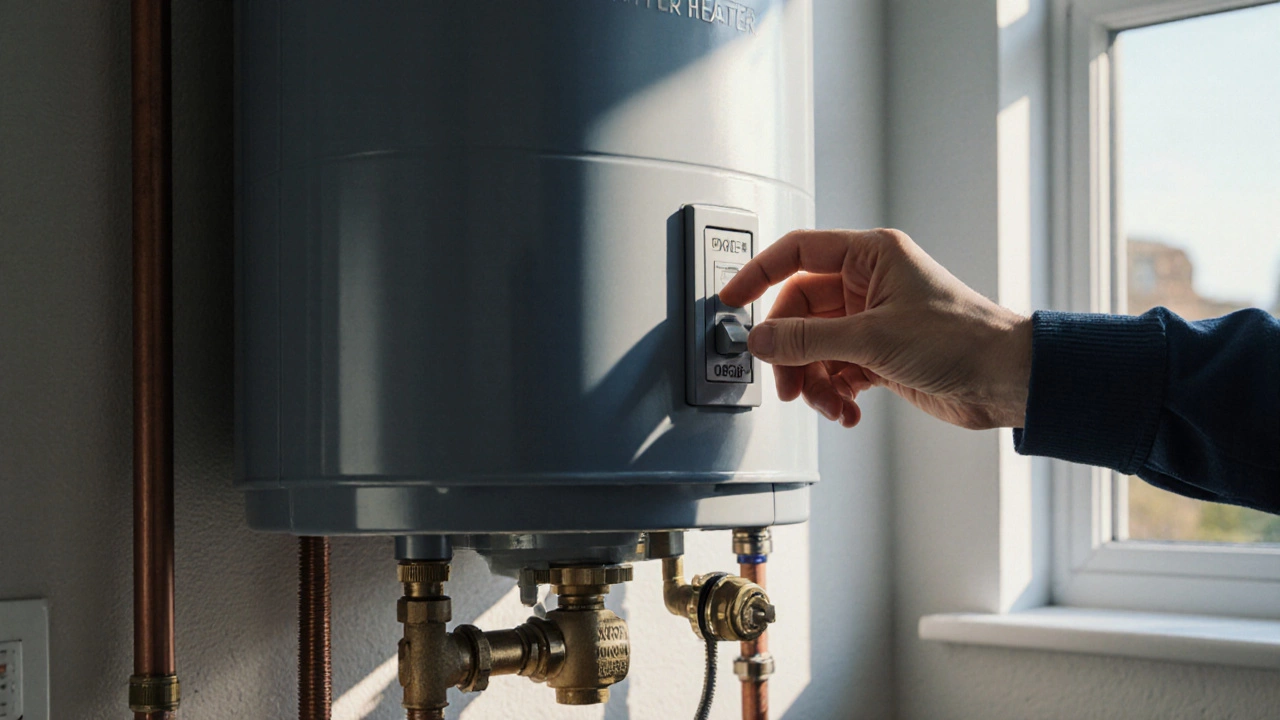
Learn the step‑by‑step checklist to diagnose a non‑working hot water heater, from safety shutdowns to key component tests, plus maintenance tips to prevent future failures.
When dealing with hot water heater troubleshooting, the process of locating and fixing problems that stop a heater from delivering hot water. Also known as water heater diagnostics, it combines safety checks, symptom analysis, and targeted repairs. Water heater reset button, a safety device that shuts off the heating element when overheating is detected is often the first thing to inspect. Electric water heater, a unit that uses electrical resistance coils to heat water and Gas water heater, a system that burns natural gas or LPG to produce heat each have their own typical failures. Hot water heater troubleshooting encompasses diagnosing heating failures, requires knowledge of electrical and gas components, and the reset button influences whether the system can restart safely.
Start by checking the obvious: is the power on, is the gas supply open, and has the reset button been tripped? If the heater is silent, a blown fuse or tripped circuit breaker is often to blame for electric models. For gas units, listen for the pilot flame – a weak or absent flame usually points to a dirty igniter or a gas valve issue. Next, examine the thermostat settings; many homeowners set the temperature too low, thinking it saves energy, only to end up with lukewarm showers. Use a multimeter to verify that heating elements or gas valves are receiving the correct voltage or pressure. Remember, safety comes first: turn off electricity or gas before opening any panels. hot water heater troubleshooting also benefits from a regular maintenance schedule: flushing the tank to remove sediment, testing the pressure‑relief valve, and cleaning the burner ports. These actions prevent the most common faults and extend the life of both electric and gas units.
If the problem persists after these checks, it’s time to call a qualified technician. Some issues, like cracked heat exchangers, corroded gas lines, or internal leaks, require professional tools and certification. Trying to fix a gas leak yourself can be dangerous, and many insurance policies require a certified repair for coverage. A reputable service will assess the fault, explain repair costs versus replacement, and ensure the system passes safety regulations. By understanding the basic troubleshooting steps and knowing when to seek help, you’ll keep your hot water flowing and avoid costly surprises. Below you’ll find a curated set of articles that dive deeper into each of these topics, from reset‑button safety to detailed repair guides for both electric and gas water heaters.

Learn the step‑by‑step checklist to diagnose a non‑working hot water heater, from safety shutdowns to key component tests, plus maintenance tips to prevent future failures.